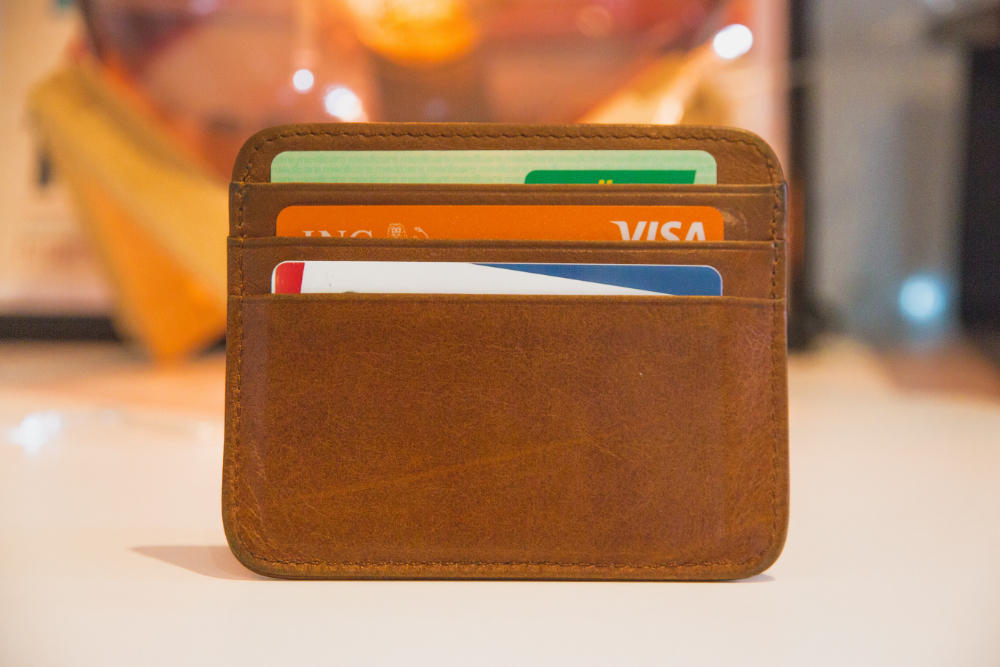“They” say that millennials can’t afford to buy homes because of Netflix and avocados.
Whether or not you believe that to be true, one thing is for sure: Netflix is getting more and more expensive.
In the past, the streaming giant has only increased prices on its more premium bundles. But in March this year, it announced that it would be putting up the prices on its most basic bundle too – from £5.99 to £6.99.
The price increase is already in effect for new customers, while existing customers will get a 30-day notification ahead of the price increase (date TBC).
Of course, there are plenty of alternatives to Netflix, from Amazon Prime to Britbox, that’ll keep their prices low.
And if you fancy saving £70 or so a year – perhaps towards that first home – there are plenty of free options too.
I asked Or Goren, who writes about all things money saving in the context of TV and films for Cord Busters, for his insights.

How did Cord Busters start out?
Being a “money saver” – and helping friends and family with it – has been a way of life for me for many years.
Several years ago I noticed that our TV bill was one of the most expensive things we were paying for, so I decided to look for better – and cheaper – ways to watch TV.
I cancelled our pay-TV subscription, and signed up for Netflix and Amazon’s Prime Video instead (along with Freeview, which, apart from the TV Licence, is free).
Not only was it cheaper, it was also so much more convenient, as you get to decide what to watch and when to watch it. Plus, you don’t have to pay for all those countless channels no one ever watches.
A couple of years later, in 2016, I realised this would be a great topic to write about. TV cord cutting was getting big in the US, but was just making its first steps in the UK at the time – and I knew I could help my readers with it.
How much money have you saved?
When we first cancelled our pay-TV subscription, we were paying around £80/month. When we switched, Netflix and Prime Video were around £14/month combined, so that’s a huge saving of more than £60 each and every month.
Although prices have changed a bit since then – Netflix is a bit more expensive these days, and there are more streaming services – the savings are still substantial.
Are there now more places for watching TV and films for free?
Definitely.
Aside from the streaming services (which you pay for, but are still quite cheap), there are now a lot of advert-based streaming services and websites where you can watch totally free content (legally, of course), either on your PC/smartphone or on a TV with a streaming device.
And free streaming services that rely on adverts for income are becoming more and more popular – even Disney+ is planning to launch a cheaper tier with adverts.
What are some of the downsides to expect?
If you primarily want to watch streaming TV, you do need a fast broadband connection – especially if there’s more than one person watching at the same time.
The free streaming services always rely on adverts for income but, at least for now, the number of ads and the length of the breaks is usually quite minimal, especially when compared to the long breaks we’re used to from channels like ITV and Channel 4.
Also, if you’re looking for free stuff to watch, don’t expect any recent blockbusters or hit TV shows – the free content is usually older titles.
And last but not least, there are a lot of illegal streaming sites out there, which you should be wary of.
Those will often be full of popups and dubious adverts, and most importantly – they’re illegal to watch.
If you run into a website that looks too good to be true – with the most recent films and TV shows streaming “for free” – then it’s most likely illegal.
Where can you watch TV and films for free?
Most sites that offer free streaming content these days are based on either “live” channels, on-demand content, or both.
It’s important to remember that if you watch anything live – even on a streaming service (so that means channels that are broadcasting something to everyone right now) – then you will need a TV Licence.
If you don’t have a TV licence, make sure you only watch the on-demand content on those websites, and not any of their live, real-time channels.
Some of the more popular streaming platforms with free content in the UK are:
- Pluto TV: A popular service that offers a long list of films and TV shows, some quite well known, with advert breaks. It has both “live” channels and on-demand content.
- IMDB TV*: This service is owned by Amazon, but you don’t need a Prime Video membership to watch it (though you do need a free Amazon account). It features an impressive collection of well-known films, TV shows, and even a few originals that are exclusive to the service.
- W4Free: This is the UK version of a free (with adverts) streaming service that has several editions around Europe. It offers hundreds of on-demand films (and a few TV shows). While most of these are films you’ve never heard of, there are certainly a few hidden gems in there.
- ITV Hub / Channel 4 All 4 / Channel 5 On Demand: The public broadcasters all have their own streaming apps, where you can watch films, box-sets and catch-up programmes. If you only watch on-demand content, and not the live streams of these channels, then you don’t need a TV Licence. (The BBC also has a streaming app – iPlayer – but you do need a TV Licence if you watch anything there, even on-demand content).
- Free Trials: Some of the major streaming services offer free trials – usually just for seven days – but you can watch quite a lot in seven days, as long as you don’t forget to cancel before the trial is up. The free trials are usually available with Sky’s NOW* service, Apple TV+*, Discovery+ and Amazon’s Prime Video*.
I have an article where I review some of the leading free film streaming sites here.
Are there any unexpected ways to watch TV/films for free?
I usually encourage people to buy a cheap streaming stick (I write about the best ones here), even if they already have a Smart TV.
That’s because a Smart TV usually limits you to a small number of streaming apps and services – mainly the major ones – while the standalone sticks have a much wider selection of smaller streaming services (along with the big ones).
This means you can find more apps that specialise in free films and TV shows.




